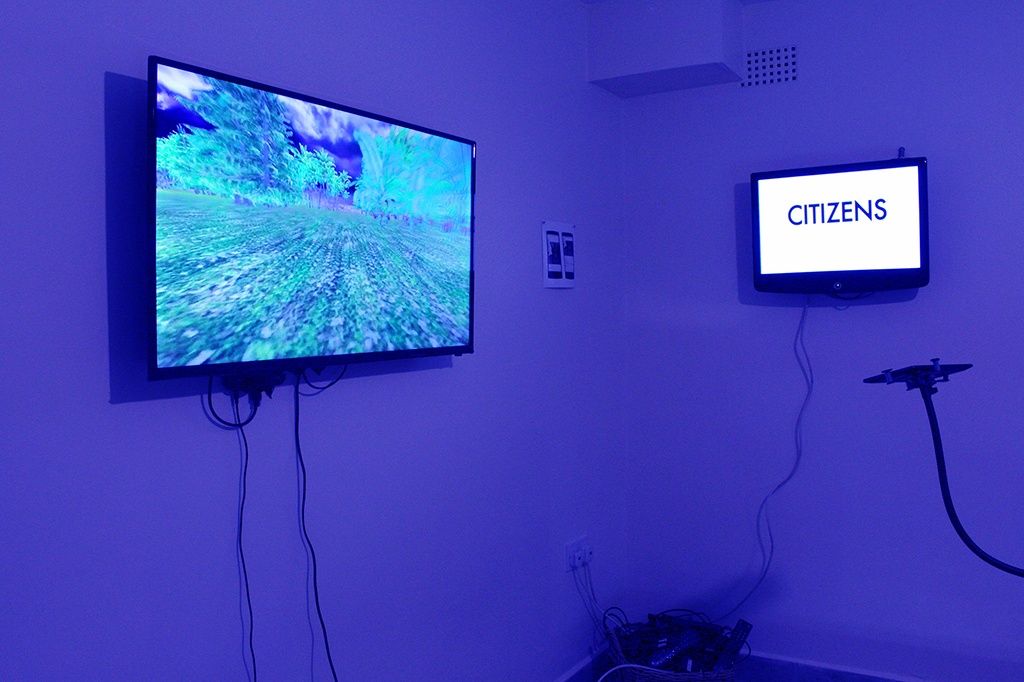First of all, I love sci-fi, horror and fantasy. They are all genres that depict scenarios where we don’t have a given pattern of reaction. You can always prepare for the real threats, like, ”what would I do if I slipped in the shower and broke my leg”? But can we honestly prepare for the unreal? Can we even picture it? To me, all of these scenarios in sci-fi are really about something else. We can’t really think of something we’ve never ever encountered before, or been through. We need to have certain reference points to orient ourselves. So to come up with a story depicting the unreal, we use our deepest fears in the real world. Look at zombie movies, for example. The genre has gone through several changes since the first black and white flicks in the early 1900´s. In the beginning it was the fear of the exoticized voodoo practice, and the colonial fear of the black body that originated the zombie. But we’ve also seen a zombie outburst on the screens, originating from nuclear fallout, medical engineering and mutated pandemics, to name a few. These different points of reference have of course been present in the real world at the time the movies were made. So to give the fantasies of these genres meaning is, for me at least, to poke around in the subconscious fears of the collective mind. And as always, I ask myself, who is telling the story and to whom? As for sci-fi, the genre has been criticized for being homogenous and eurocentric. It’s mainly written by white Westerners, and the main characters are ever so often white. This goes for a lot of genres, of course, but this critique has lead to the Afrofuturist counter-genre. I’m definitely not the first one to approach Western identity through science fiction, and as I started researching for the video essay I was reading the Mundane Afrofuturist Manifesto by artist Martine Syms. In the line of Afrofuturism, Syms argues that the alien in sci-fi is really a eurocentric modification of the black body. So I started to go through some classics, like the Alien tetralogy (franchise) and Signs (M Night Shamaylan), trying to find out what the reference points of the different narratives were. I found that colonialism was very present, either if it was a group of space travelers from Earth colonizing space, such as in Alien, or if it was Earth being invaded by extraterrestrial forces, such as in Signs. Two stories: the continuos missionary exploration and exploitation of the unknown, or the fear of being invaded and objectified in the same manner that the West always objectified the Third World. So sci-fi became the main battle field of my video Alien Nation, where the battle is being fought over the prerogative of identity in a game of inclusion and exclusion.





